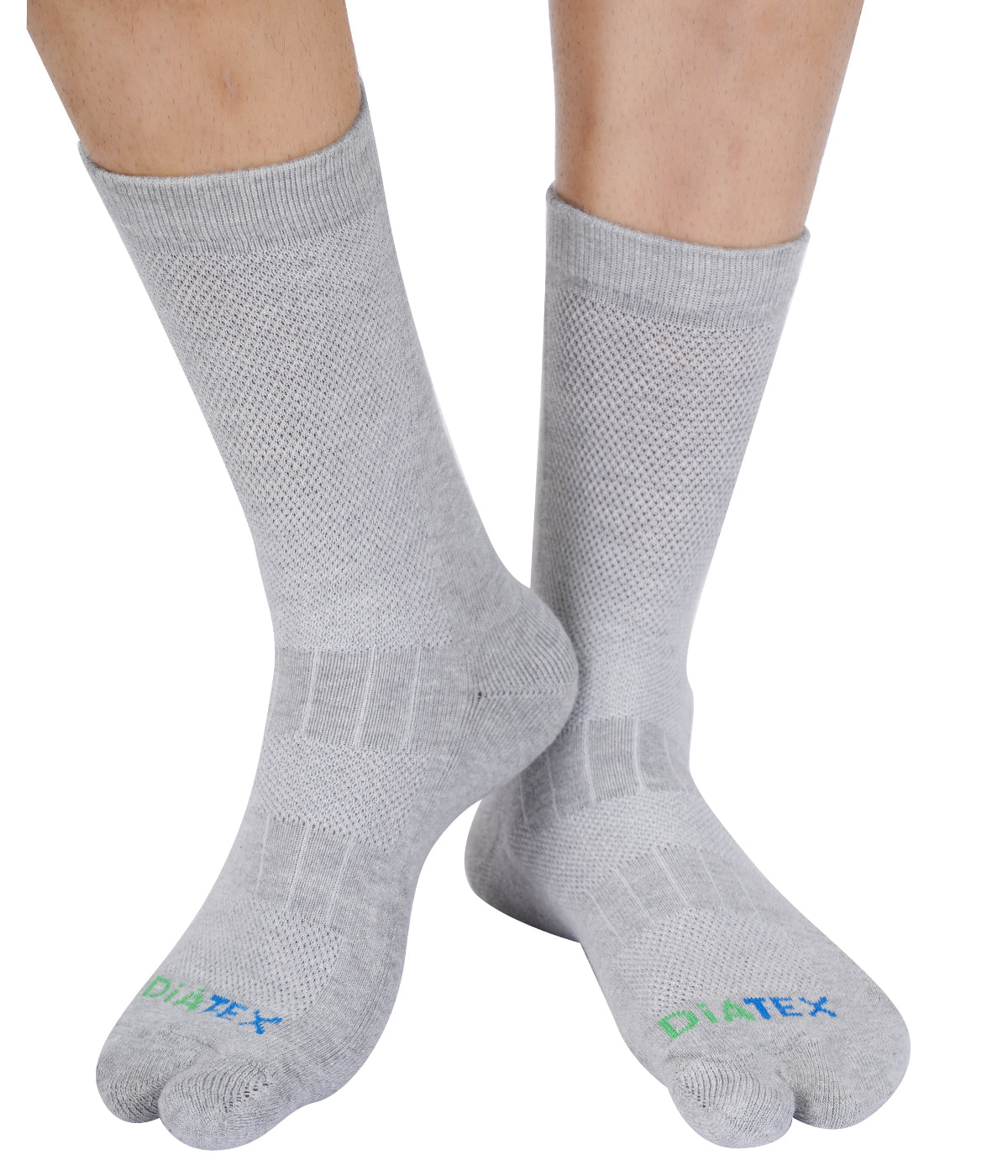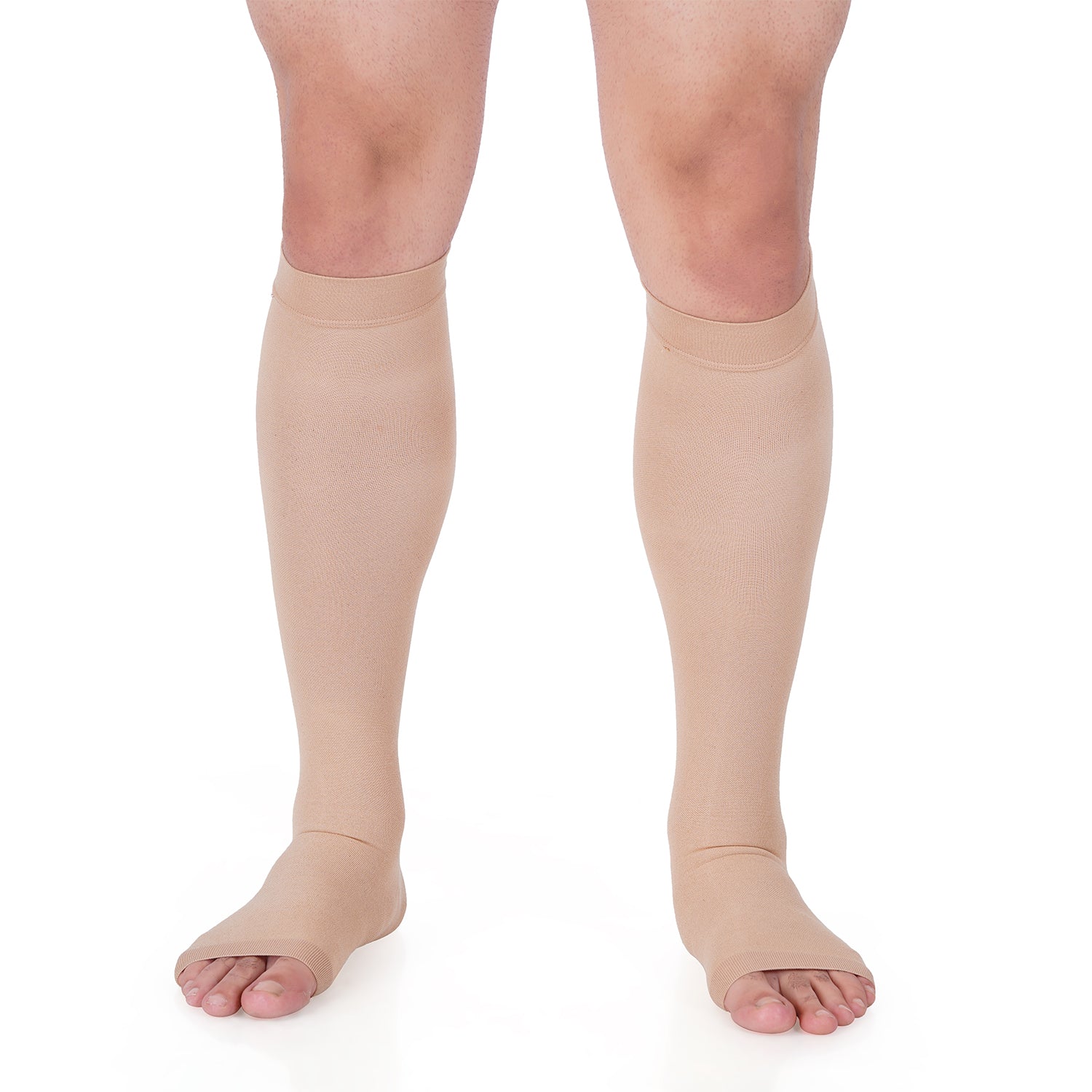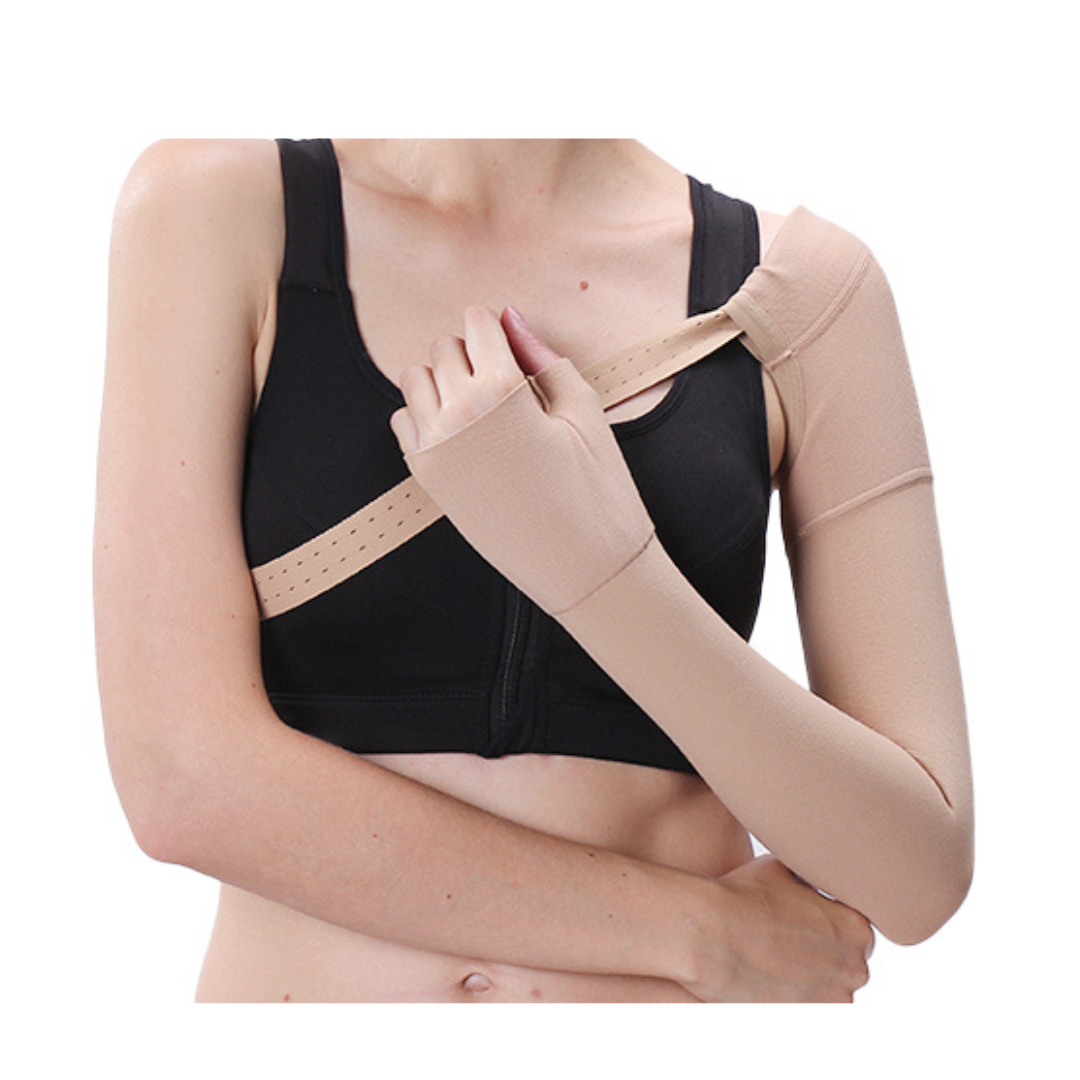We've all experienced it – that uncomfortable, sometimes sharp pain in our calf muscles after sitting for an extended period. While it might seem like a minor annoyance, understanding why your calves hurt after prolonged sitting is crucial for your overall well-being. In this article, we'll explore the causes behind calf pain from sitting and provide effective strategies to manage and prevent it.
The Culprits Behind Calf Pain
Reduced Blood Circulation
Sitting for a long time can impede proper blood circulation, particularly in the lower extremities. This reduced blood flow can lead to muscle discomfort and even cramping in the calf muscles.
Muscle Tightness
When you sit, your calf muscles are in a shortened position for an extended duration. This can cause the muscles to become tight and stiff, leading to pain when you eventually stand up or move.
Nerve Compression
Prolonged sitting can also compress the nerves that run through your calves. This compression can result in sensations of tingling, numbness, or pain.
Managing and Preventing Calf Pain
Frequent Movement
One of the most effective ways to prevent calf pain from sitting is to avoid staying sedentary for too long. Make an effort to stand up, stretch, and walk around at regular intervals.
Calf Stretches
Incorporate calf stretches into your routine to keep the muscles flexible and alleviate tightness. Simply standing and pushing against a wall with your feet planted and one leg stretched behind you can provide relief.
Ankle Rotations
Performing ankle rotations while seated can improve blood circulation and prevent calf discomfort. Rotate your ankles in clockwise and counterclockwise motions several times.
Stay Hydrated
Proper hydration supports overall blood circulation, which can alleviate calf pain. Make sure to drink an adequate amount of water throughout the day.
Ergonomic Seating
If you spend long hours sitting, invest in an ergonomic chair that supports your posture and provides adequate cushioning. Proper seating can reduce muscle strain and discomfort.
Compression Socks
Wearing compression socks can help improve blood circulation in the lower limbs, reducing the likelihood of calf pain and cramping.
When to Seek Medical Attention
If your calf pain persists or is accompanied by swelling, redness, warmth, or other unusual symptoms, it's essential to consult a healthcare professional. These could be signs of a more serious condition that requires medical attention.
Conclusion
Calf pain after sitting for a prolonged period is a common issue, but it's not something you have to endure. By understanding the causes and implementing preventive measures, you can manage and even avoid calf discomfort. Remember to prioritize regular movement, stretching, and maintaining proper hydration to support your calf muscles and overall well-being.
FAQs About Calf Pain After Sitting
1. Is calf pain after sitting a sign of a serious condition? In most cases, calf pain after sitting is not serious and can be managed with lifestyle changes. However, persistent or severe pain should be evaluated by a healthcare professional.
2. Can calf pain from sitting be prevented completely? While complete prevention might not always be possible, incorporating regular movement, stretching, and hydration can significantly reduce the likelihood of calf pain.
3. How often should I stretch my calves if I sit for long periods? It's advisable to perform calf stretches every hour or so when sitting for extended periods to maintain muscle flexibility and prevent tightness.
4. Are there specific exercises to strengthen calf muscles and prevent pain? Yes, calf raises and heel drops are effective exercises for strengthening calf muscles and supporting overall calf health.
5. Can I use over-the-counter pain relievers for calf pain? Over-the-counter pain relievers can provide temporary relief, but it's essential to address the root causes of the pain and not rely solely on medication.












